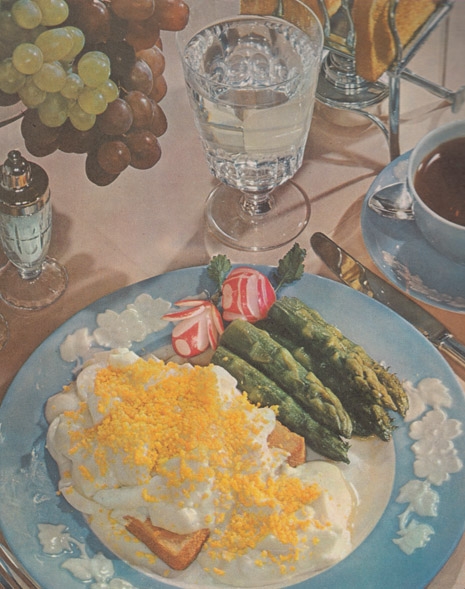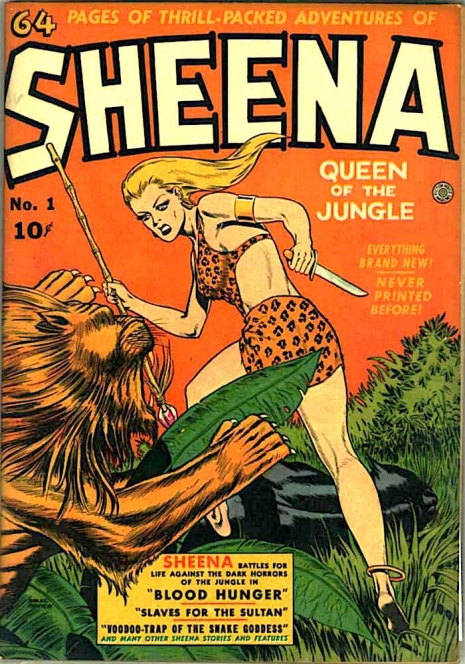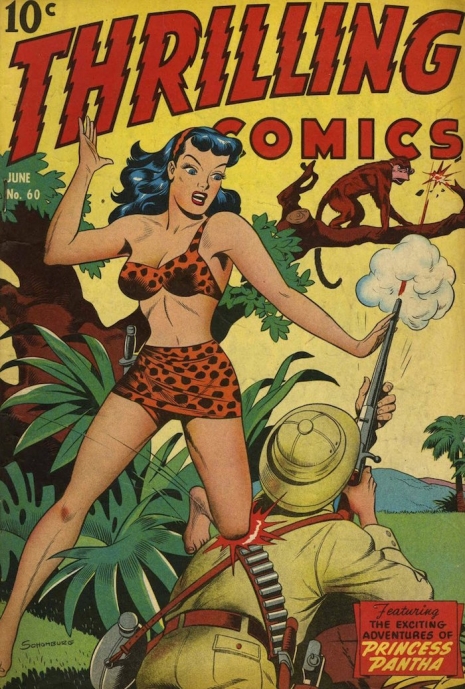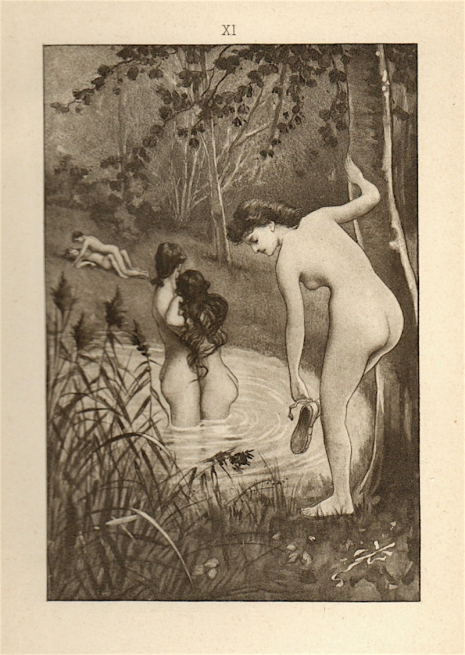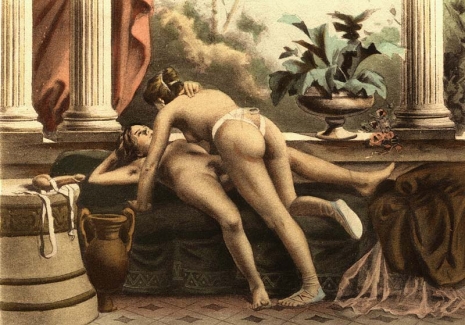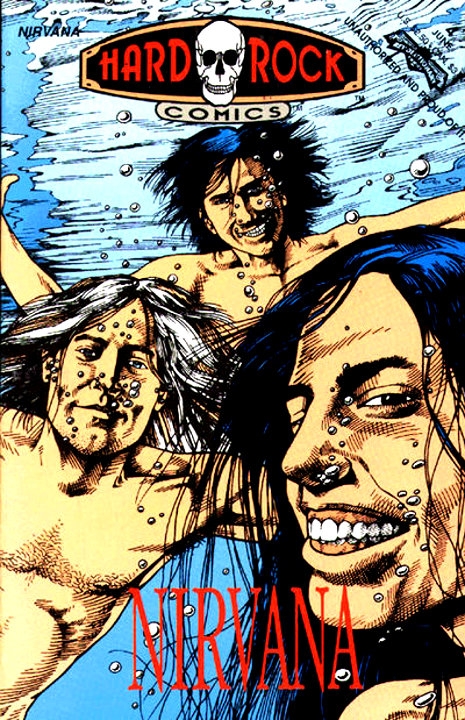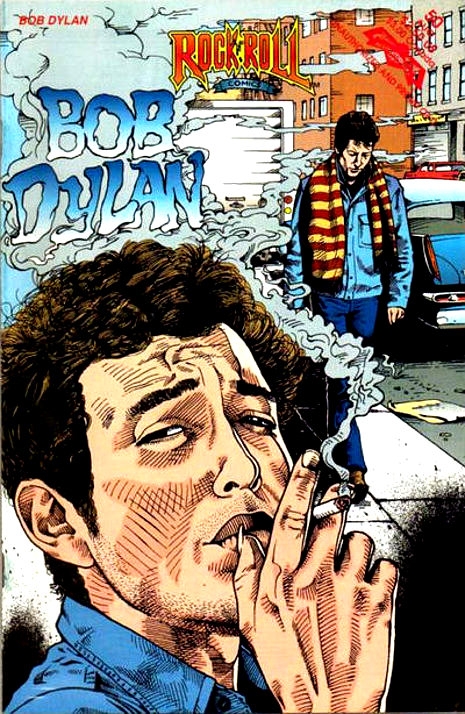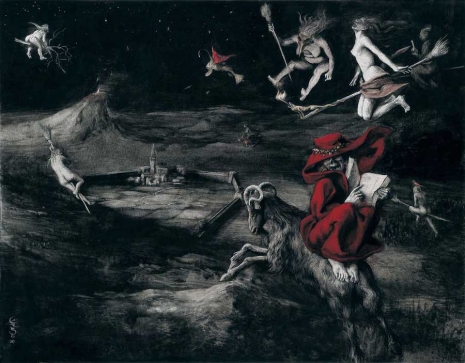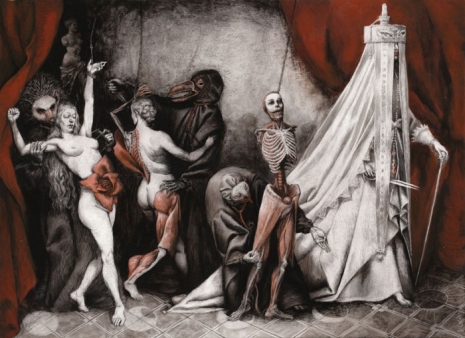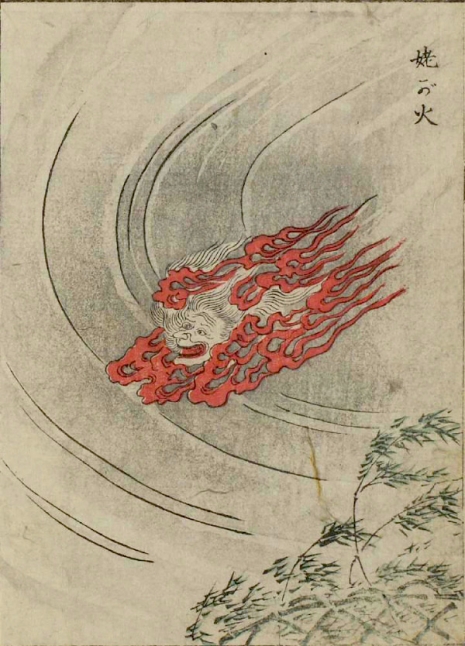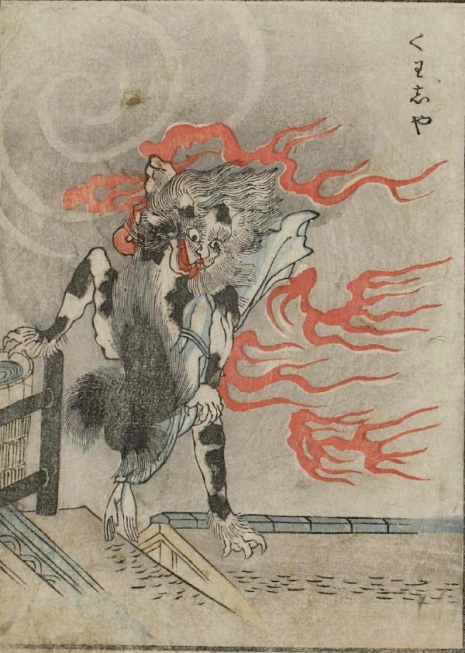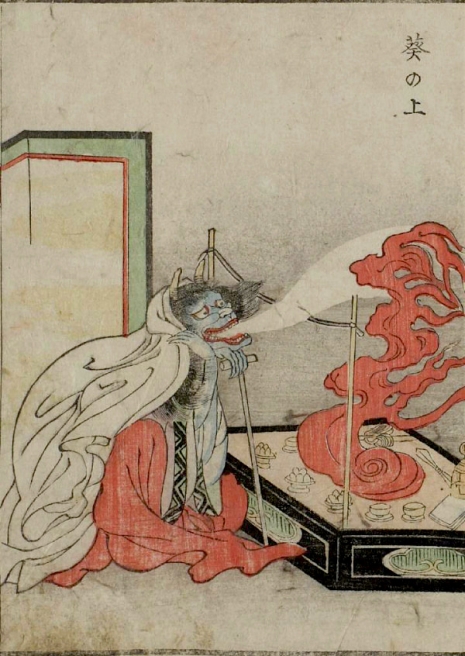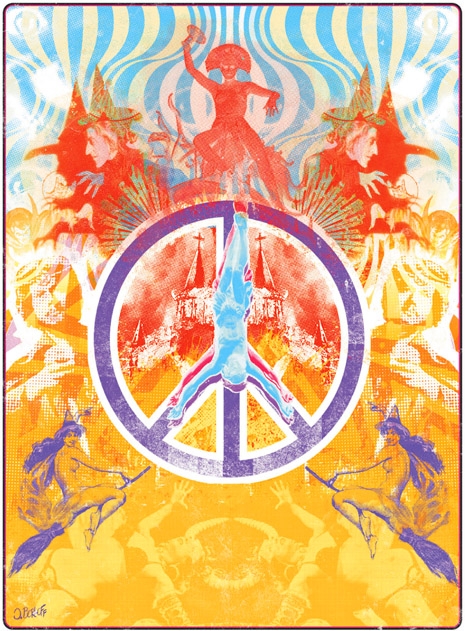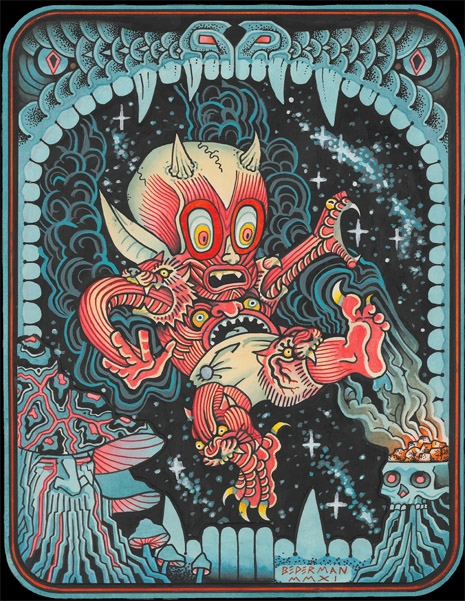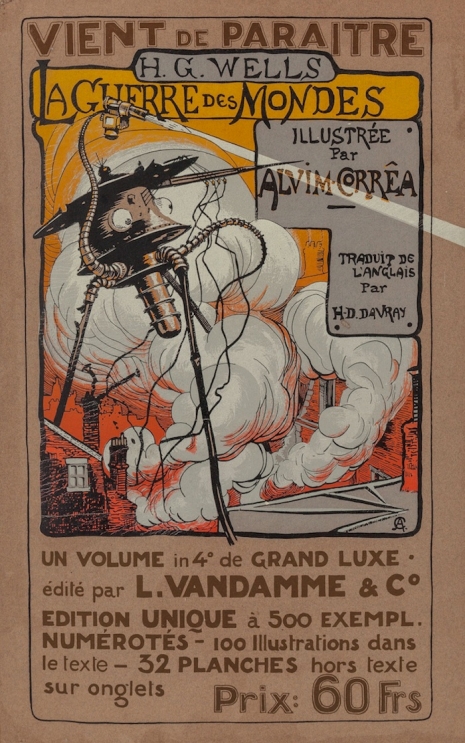
H. G. Wells must have had a blast writing The War of the Worlds—his classic tale of a martian invasion destroying most of south-east England, for this fictional invention allowed Wells to take wicked revenge on the stifling suburbs and hick towns that had constrained him during his childhood in Kent and his youth when he worked as a draper’s assistant. Wells loathed Little England‘s suburban middle class—which is a tad ironic considering that many of his own views were the epitome of the worst kind of Little Englander.
Wells’ early inspiration for The War of the Worlds came during his time as a teacher working in the environs of grimy, industrial Stoke-on-Trent in the late 1880s. He was astonished to see the night lit red by the iron foundry furnaces—and the relentless alien clanking mechanized sound of machinery. It started an idea that was further developed by reading the works of scientist Thomas Huxley—in particular his propagation of evolutionary theories on natural selection.
Huxley had been considering theories on issues of good and evil from a Darwinian perspective. Huxley suggested goodness was not related to a divine creator but merely the result of other cultural and social developments. To make his point, he offered up the analogy of a gardener tending to his garden by removing the weeds and pests—to ensure what was best could flourish. This line of thinking he further developed with the example of colonization—in particular the English establishing settlements in Tasmania:
They clear away native vegetation, extirpate or drive out the animal population, so far as may be necessary… In their place, they introduce grain and fruit trees; English dogs, sheep, cattle, horses; and Englishmen.
Wells assimilated Huxley’s thoughts and cleverly embedded these in The War of the Worlds—but instead of Englishmen he used an invading army of ruthless Martians to destroy and crush the indigenous population.
Perhaps surprisingly, Wells didn’t think this form of colonization was necessarily a bad thing. He considered it all part of the “evolutionary process” as he later wrote in his book Anticipations of the Reaction of Mechanical and Scientific Progress upon Human Life and Thought where he revealed some of his own very troubling Little Englander views.
In Anticipations Wells detailed his speculations on the future—where cities would expand, labor-saving devices would offer more leisure time and the world would be run by a “new class of modern efficients.” Wells looked forward to a world that eradicated the physically and mentally ill, the lower classes and “those swarms of black, and brown, and dirty-white, and yellow people” that would “have to go.” The book was incredibly popular—but was later described as “strong-armed fascism.” Wells was a socialist—so it’s not always the Alt-Right who hold racist views. It was two Catholic writers—G. K. Chesterton and Sir Arthur Conan Doyle—who forcefully condemned Wells’ wrong-headed and racist thinking which stemmed from his dodgy interpretation of Darwinian theory.
In spite of Wells’ many odd and often grossly intolerant pronouncements throughout his long life—his works have—as Jorge Luis Borges said—become mythic and will last long after the English language is forgotten. Which is palpably true as Wells concepts of alien invasion (The War of the Worlds) or time travel (The Time Machine) or animal hybrids (The Island of Doctor Moreau) have become embedded in universal culture—identifiable ideas to even those who have never heard of. let alone read H. G. Wells.
Wells started writing The War of the Worlds in 1895. He finished it sometime in early 1896 and revised it in 1897. The story was originally serialized in Pearson’s Magazine in 1897 and was published in book form in 1898—since when it has never been out of print. It has been adapted for the screen, television and even concept albums too many times to mention.
In 1906, Brazilian artist Henrique Alvim Corrêa produced a stunning series of some 130 illustrations for a French limited deluxe edition of The War of the Worlds. Though Corrêa tragically died from tuberculosis at the early age of 34 in 1910—and much of his work was lost during Germany’s invasion during the First World War—his illustrations for The War of the Worlds—created in consultation with Wells—are the definitive illustrations to this classic work of science fiction.
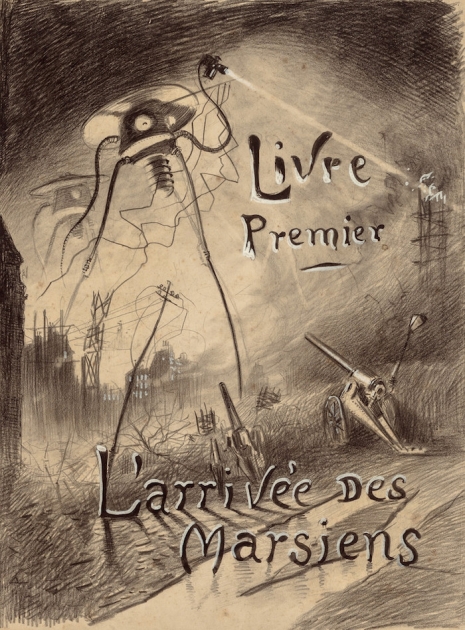

More invaders from Mars, after the jump…












